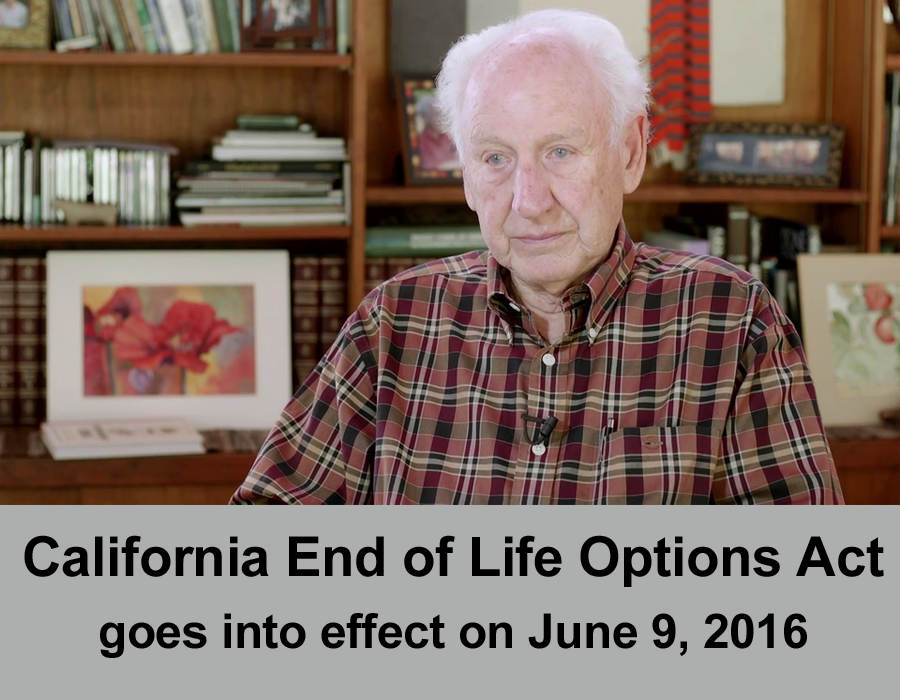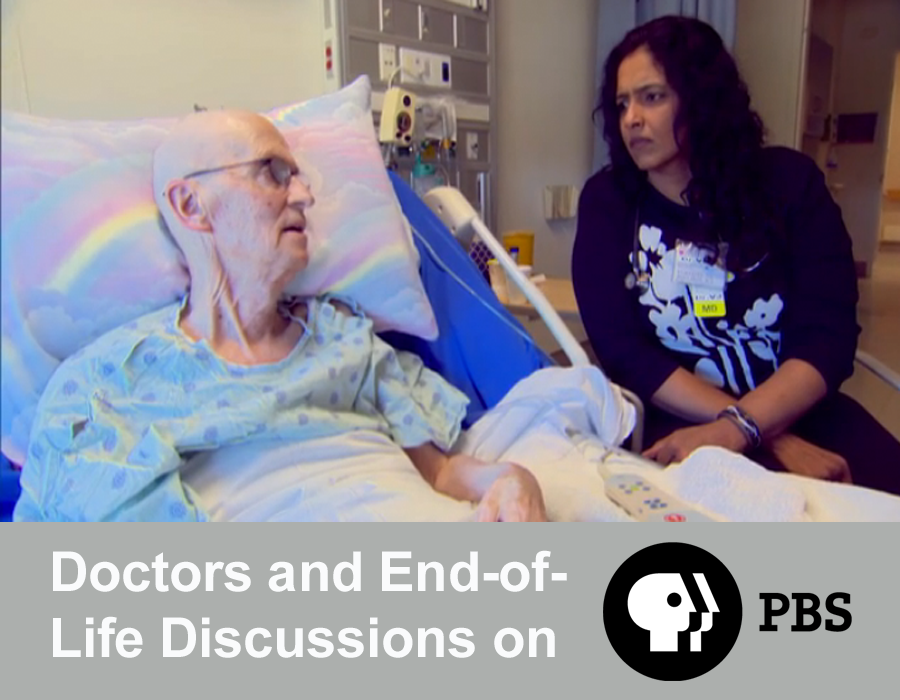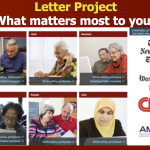|
Home Hospice : Home Care of the Dying Patient
- Pre-Test
- Overview
- Where do Americans die?
- Admission Criteria for Home Hospice
- Patient and Family Interview
- Home Hospice Components
- Home Hospice Logistics
- When Hospice Patients Die at Home
- Home death of non-hospice patient
- Medical Criteria for Hospice Eligibility
- Common Terminal Diagnoses
- Pearls
- Resources
- Post-Test
- Appendices
- Authors
Physician Assisted Death: Real Stories

Dr. W. Richard Scott, Professor Emeritus in the Department of Sociology, shares a very personal story of the last stages of life of his beloved brother Charles Scott.
Learn about the finer points of the Aid in Dying law in our new module on Physician Assisted Death.
Physician Assisted Death Training
In order to increase knowledge about how best to respond to and alleviate the suffering of seriously ill patients, we have created a free training module on Physician Assisted Death.
Get Skilled: Cross Cultural Medicine
 As medicine becomes more complex and specialized by the minute, the communication gulf between doctors and their patients is becoming progressively insurmountable.
Become skilled in providing culturally effective care:
As medicine becomes more complex and specialized by the minute, the communication gulf between doctors and their patients is becoming progressively insurmountable.
Become skilled in providing culturally effective care:
- Download step by step guide to working with medical interpreters.
- Watch the microlecture series on Cross Cultural Medicine
Subscribe Free
Sign up now and get free updates on successful aging and end of life issues




